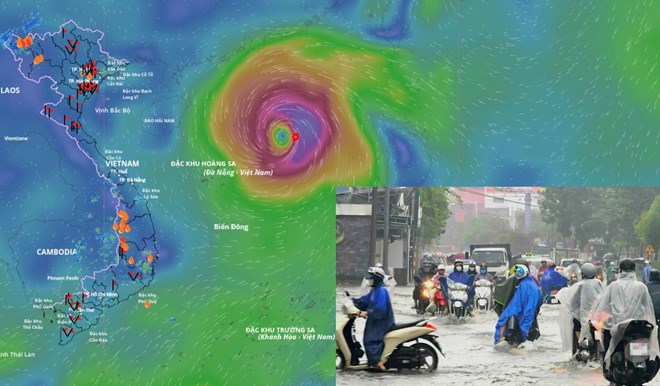
Location of storm No. 11 Matmo at 12 noon on October 4. Photo: Vietnam Disaster Monitoring System
The National Center for Hydro-Meteorological Forecasting has issued a forecast of notable weather trends in November.
1 - 2 storms and tropical depressions impact mainland Vietnam
During November, tropical storms/depressions and storm-induced rains continue to be notable weather patterns.
According to Ms. Tran Thi Chuc - Deputy Head of Climate Forecast Department, National Center for Hydro-Meteorological Forecasting, according to average data of many years in the period of November, there were 1.5 storms or tropical depressions in the East Sea, 0.9 storms made landfall in Vietnam.
This November, the possibility of storms and tropical depressions is higher than average. It is forecasted that there will be 2-3 storms or tropical depressions in the East Sea, and 1-2 storms may affect Vietnam's mainland.
Previously, in October, there were 2 storms and 1 tropical depression in the East Sea. Of which, both storms, storm No. 11 Matmo and storm No. 12 Fengshen, directly affected our mainland.


Forecast of average temperature and rainfall at some monitoring stations in November. Source: National Center for Hydro-Meteorological Forecasting
Cold air increases in both frequency and intensity.
Regarding temperature trends, during November, the average temperature in most areas across the country was generally about 0.5 degrees Celsius lower than the average of many years; in particular, the provinces from Nghe An to Hue were generally 0.5 - 1 degree Celsius lower than the average of many years in the same period.
Ms. Tran Thi Chuc added that cold air continues to increase in frequency and intensity in November.

Mr. Mai Van Khiem - Director of the National Center for Hydro-Meteorological Forecasting warned that we need to be on guard from now until the end of the year as natural disasters will continue to develop complicatedly. Photo: An An
Mr. Mai Van Khiem - Director of the National Center for Hydro-Meteorological Forecasting, Department of Hydro-Meteorology analyzed that the interaction of cold air and storms is one of the types of interaction with many scenarios. If the storm comes first, the cold air comes later or the storm and cold air have the same influence, it will cause very heavy rain, but in the case that the cold air comes first, then the storm comes, the rain will not be too heavy.
Analytical data from the meteorological agency also shows that in November, the total rainfall in the Northern, Thanh Hoa and Southern regions is generally approximately the same as the average of many years, with the Northwest region being 10-30% lower than the average of many years. The remaining regions across the country have a total rainfall generally higher than the average of many years from 10-25%, with the southern region from Quang Tri to Dak Lak likely to have a total rainfall higher than the average of many years in the same period.
"From now until about the first half of December 2025, moderate and heavy rains are likely to continue to appear in the Central region, concentrated in the area from Ha Tinh to Da Nang , Khanh Hoa and the eastern region of the provinces from Quang Ngai to Dak Lak" - Mr. Khiem warned.
The meteorological agency said that in November, the west of Lam Dong province and the southern region are likely to have many days of showers and thunderstorms; some days may have moderate to heavy rain.
During the last months of the year, storms, tropical depressions and cold air can cause strong winds, large waves at sea and affect the activities of ships. In particular, beware of heavy rains that can cause floods, inundation in low-lying areas and landslides in mountainous areas.
In the context of climate change, weather and climate are becoming increasingly complex with many dangerous and extreme forms such as heavy rain in a short period of time, flash floods, landslides, etc.
Therefore, it is recommended that authorities at all levels and people regularly update and integrate meteorological and hydrological forecast and warning information in short-term bulletins of 1-3 days, to promptly adjust production plans and appropriate response plans, especially appropriate reservoir operation plans, ensuring safety of works and downstream areas, along with ensuring safety for production activities and people's lives.
Laodong.vn
Source: https://laodong.vn/moi-truong/du-bao-so-con-bao-ap-thap-nhiet-doi-sap-xuat-hien-va-tac-dong-dat-lien-viet-nam-thang-11-1601817.ldo





![[Photo] Lam Dong: Images of damage after a suspected lake burst in Tuy Phong](https://vphoto.vietnam.vn/thumb/1200x675/vietnam/resource/IMAGE/2025/11/02/1762078736805_8e7f5424f473782d2162-5118-jpg.webp)









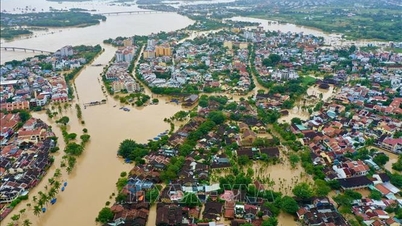







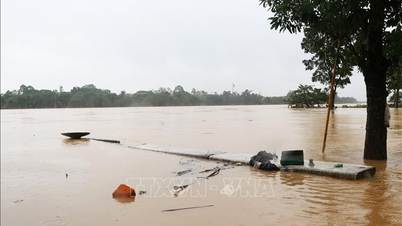







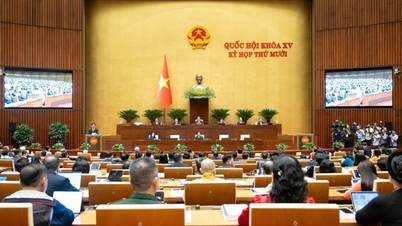



![[Photo] Prime Minister Pham Minh Chinh chairs the second meeting of the Steering Committee on private economic development.](https://vphoto.vietnam.vn/thumb/1200x675/vietnam/resource/IMAGE/2025/11/01/1762006716873_dsc-9145-jpg.webp)













































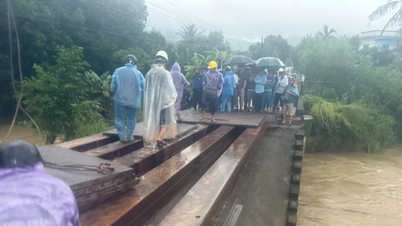

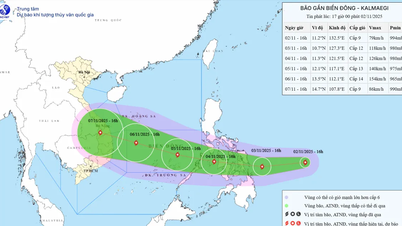



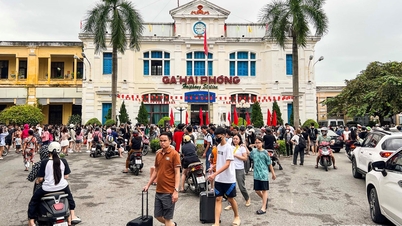


















Comment (0)